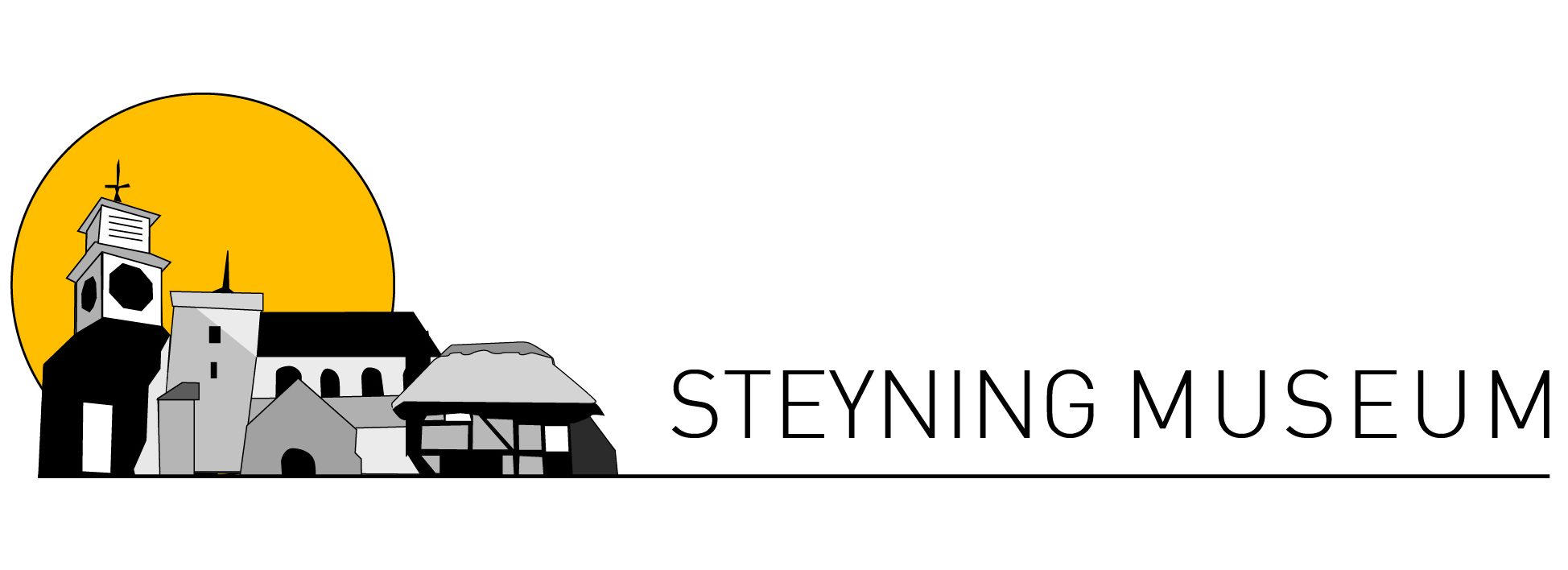Steyning Grammar School: The Church Street Buildings

This is the introduction to the booklet “Schooldays Remembered”, on sale at Steyning Museum. Brotherhood Hall is a 15th century building which became a school for boys by 1584, when Elizabeth I was on the throne. The school overcame failure and the building survived neglect to become a remarkable part of today’s secondary school facilities. The booklet goes on to give some comic, poignant and even shocking accounts of past life at the school.
The Downs Above Steyning: Prehistory

A summary of local evidence for Neolithic to Iron Age people on the Downs, with linked pages and illustrations. The Romans conquered Britian nearly 2,000 years ago and ended the period we call prehistory. The chalk downland above Steyning provides clues about earlier human activity, mysterious monuments and features up to six thousand years old. Some of these have been excavated and some of their secrets have been revealed.
(Based on a Steyning Museum Publication)
Charles Stewart Parnell and Katherine O’Shea
Married at Steyning on June 25th, 1891
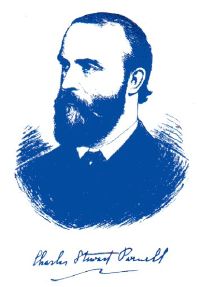
A selection of views and reports. If you believe the Profumo Affair was the greatest political scandal, think again. The repercussions of Charles Parnell’s tragic romance with ‘Kitty’ O’Shea are still with us today. Parnell almost achieved Irish home rule but when his relationship with a married woman hit the headlines, the cause was lost. Steyning was the venue for the couple’s eventual marriage.
John Launder, The Steyning Martyr
by Doug Thompson
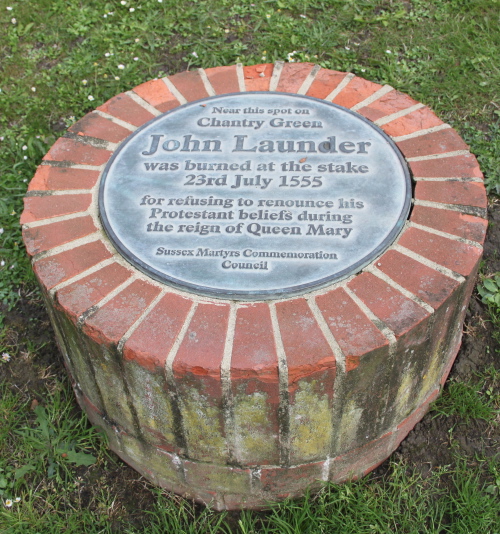
One of the darkest days in Steyning’s 1200 year history was 23 July, 1555. On this day John Launder, who had no other connection with Steyning, was burnt to death on Chantry Green for his religious beliefs. His execution was intended to terrify and silence local people who may have cherished similar views. Foxe’s Book of Martyrs recorded Launder’s story and a modern memorial marks the spot where he suffered.
The Steyning Poem
Chance Memory by Lynda Denyer
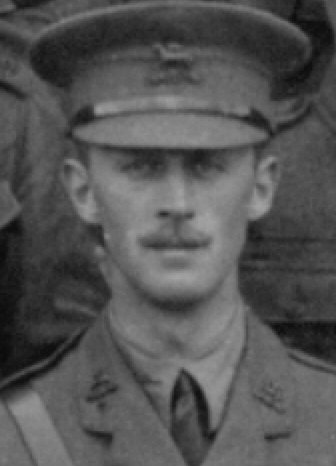
In a pretty Steyning lane named Mouse Lane, there is a poem carved into stone. The same verse is set on the wall at the entrance of Steyning Museum. The poet’s thoughts about Mouse Lane, half an hour before ‘going over the top’ to face the guns of World War I, are moving and disturbing. Who wrote this local treasure? Did he survive? This article was researched by Lynda Denyer.
Mr Potter of Bramber
By Tony Ketteman
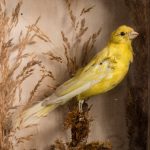
An article about Potter’s Museum in Bramber. Victorian visitors loved Mr Potter’s stuffed animal curiosities and tableaux. Children who saw the four-legged chicken and the two-headed lamb, right up until the 1970s, never forgot them. The collection, including “The Original Death and Burial of Cock Robin”, eventually moved to Jamaica Inn, Cornwall but in 2003 it was broken into lots and auctioned. A few items were purchased by Steyning Museum.
The Braose Lords of Bramber
by Lynda Denyer
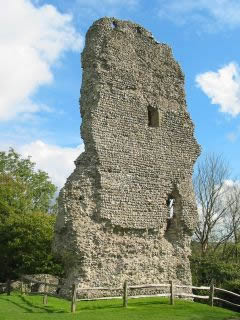
This is the story of one nightmare after another – and most of them were called William. The Braose barons of Bramber were a ferocious breed. They built Bramber castle and owned half of Steyning, but this was only a fraction of their wealth. They originated from Briouze in Normandy, became marcher lords in Wales and gained Limerick in Ireland. If you fancy a headlong charge through three hundred years of medieval history, hold onto your hat.
The Confessor’s Gift and the Conqueror’s Oath
by Lynda Denyer
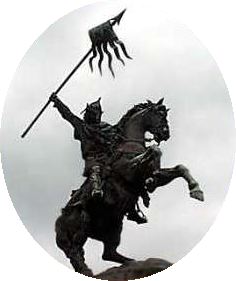
In 1066, William the Conqueror used a knife to make a solemn oath. He swore to grant Steyning to a powerful Norman abbey. Yet this was before he crossed the sea to fight the battle of Hastings. Edward the Confessor had tried and failed to establish Norman monks here. King Harold was determined to keep them out. This is the strange story of how Steyning featured in the issue of “who should rule England?”
An Illustrated Walk around Old Steyning Town
A talk by Janet Pennington
An accomplished historian presents
her original research and insight into times past
A local historian presents her original research and insight into times past. Janet Pennington’s guided history walks are a feature of local life.
Title: An Illustrated Walk Around Old Steyning Town
Video: An illustrated talk by Dr Janet Pennington
Duration: 1 hour 8 minutes
Date: January 2, 2021
Best viewed: On full screen
Links:
Discover the Past with Dr Janet Pennington
The Steyning Society
The Market-Houses of Steyning
by Janet Pennington

Steyning is an ancient market town, but where was the medieval market-house? Surely Steyning had one. Local historians have long failed to identify a medieval market-house in Steyning and there has been some confusion about the Old Market House, with its distinctive clock tower, in the High Street. Janet Pennington set herself the task of finding a solution. This article was first published in the Sussex Archaeological Collections.
A Great British Railway Journey – to Bramber
with Michael Portillo

Michael Portillo revived the popularity of a Victorian railway guide in his television show, Great British Railway Journeys. George Bradshaw’s guide claimed Bramber was a place of no particular note, beyond the remains of a Norman castle. Michael Portillo asked why it was, then, that tourists were soon flocking to the village. Read a transcript of Michael Portillo’s interview with Steyning Museum’s Curator, Chris Tod at Bramber Castle.
Steyning: Pretty as a Picture
But does the old place still look the same?

Steyning has attracted visitors since Saxon pilgrims first flocked to Saint Cuthman’s shrine. In more recent times, the best loved Steyning scenes have been preserved in pictures, photographs and postcards. The museum’s collection is extensive and still growing. They give a visitor’s view of our old medieval town and perhaps an answer to the question, “Does the old place still look the same?”
Sussex by the Sea: A Walk Down the Adur Valley
with S P B Mais
An extract from a BBC Radio Regional Programme broadcast on October 10, 1938. This transcript gives a delightful insight into the rural economy and local traditions just before World War II. Everyone agrees, life has changed since the Great War but little could they know how completely another war was about to transform their world. The full transcript is available for visitors to read in the Steyning Museum library.
The Malcolm Thurlby Lecture
The Church of St Andrew and St Cuthman
Malcolm Thurlby is an internationally renowned specialist in medieval art and architecture. He visited Steyning to study its ancient church and delivered an astounding lecture to a large audience on April 13, 2014. He has made his presentation available for everyone, with both pictures and personal notes.
Here is a downloadable PowerPoint version.
Click here to see more history articles in our online magazine
The Box Files
